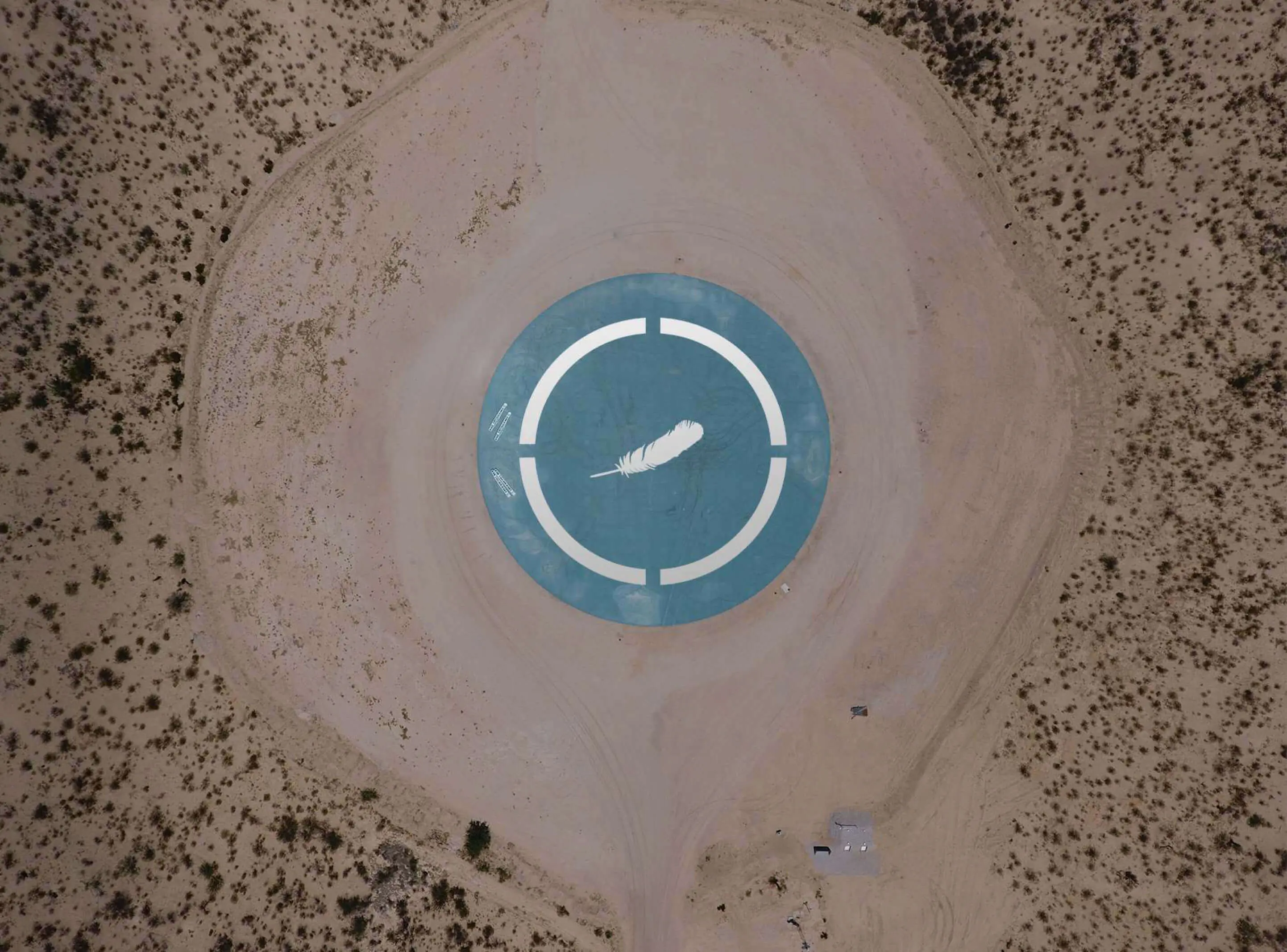
Blue Origin Debuts the American-made BE-3 Liquid Hydrogen Rocket Engine
KENT, Wash. – Blue Origin reached a key milestone in the development of the liquid-fueled BE-3 engine by successfully demonstrating deep throttle, full power, long-duration and reliable restart all in a single-test sequence. The BE-3 is the first completely new liquid hydrogen-fueled engine to be developed for production in the U.S. since the RS-68 more than a decade ago.
The test demonstrated a full mission duty cycle, mimicking flight of the New Shepard vehicle by thrusting at 110,000 pounds in a 145-second boost phase, shutting down for approximately four and a half minutes to simulate coast through apogee, then restarting and throttling down to 25,000 pounds thrust to simulate controlled vertical landing. To date, the BE-3 has demonstrated more than 160 starts and 9,100 seconds of operation at Blue Origin’s test facility near Van Horn, Texas.
Designed and developed in-house by Blue Origin at the company’s research and development center outside Seattle, the BE-3 features a “tap-off” design, in which the main chamber combustion gases are used to power the engine’s turbopumps. Tap-off is particularly well-suited to human spaceflight because of its single combustion chamber and graceful shutdown mode.
“The BE-3 will gain extensive flight heritage on our New Shepard suborbital system prior to entering service on vehicles carrying humans to low-Earth orbit,” said Rob Meyerson, president and program manager of Blue Origin. “Given its high-performance, low cost, and reusability the BE-3 is well suited for boost, upper-stage and in-space applications on both government and commercial launch systems.”
Blue Origin previously conducted testing of the BE-3 thrust chamber in partnership with NASA’s Commercial Crew Program, as part of a long-term vision to provide safe, affordable crew transport to low-Earth orbit.



About Blue Origin
Blue Origin, LLC (Blue Origin) is a private company developing vehicles and technologies to enable commercial human space transportation. The company has a long-term vision of greatly increasing the number of people that fly into space through low-cost, highly reliable commercial space transportation.
For more information and a list of job openings, please visit us at https://www.blueorigin.com
Share
Latest Posts
 Dec 11, 2025News
Dec 11, 2025NewsNew Shepard’s Crewed NS-37 Mission Targets Liftoff on December 18
Blue Origin announced its next New Shepard crewed flight, NS-37, will lift off from Launch Site One in West Texas on Thursday, December 18.
 Nov 24, 2025News
Nov 24, 2025NewsBlue Ring to Become First Fully Commercial Space Domain Awareness Mission in GEO with Optimum Technologies’ Sensor
Blue Origin announced an agreement with Optimum Technologies (OpTech) to integrate its next-generation Caracal optical payload onboard the first mission of Blue Ring.
 Nov 20, 2025News
Nov 20, 2025NewsNew Glenn Update
Blue Origin announced a series of upgrades to New Glenn designed to increase payload performance and launch cadence, while enhancing reliability.
